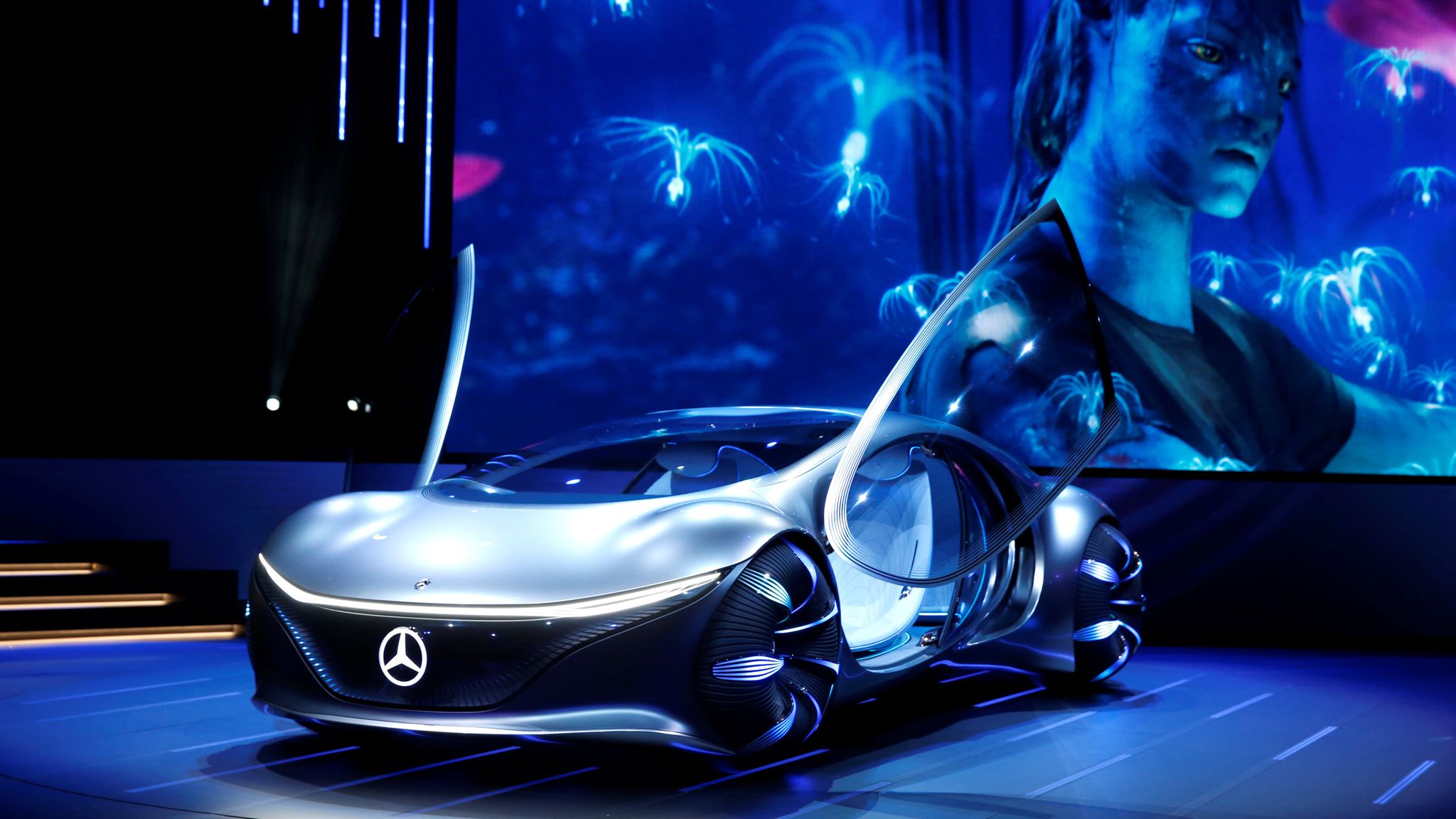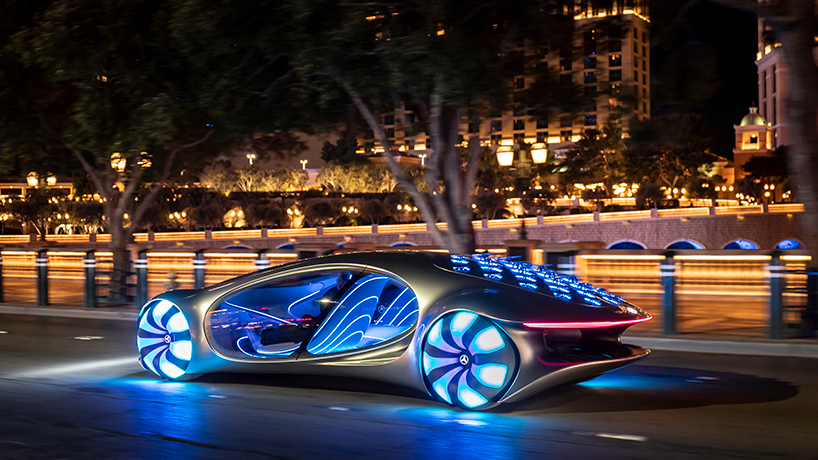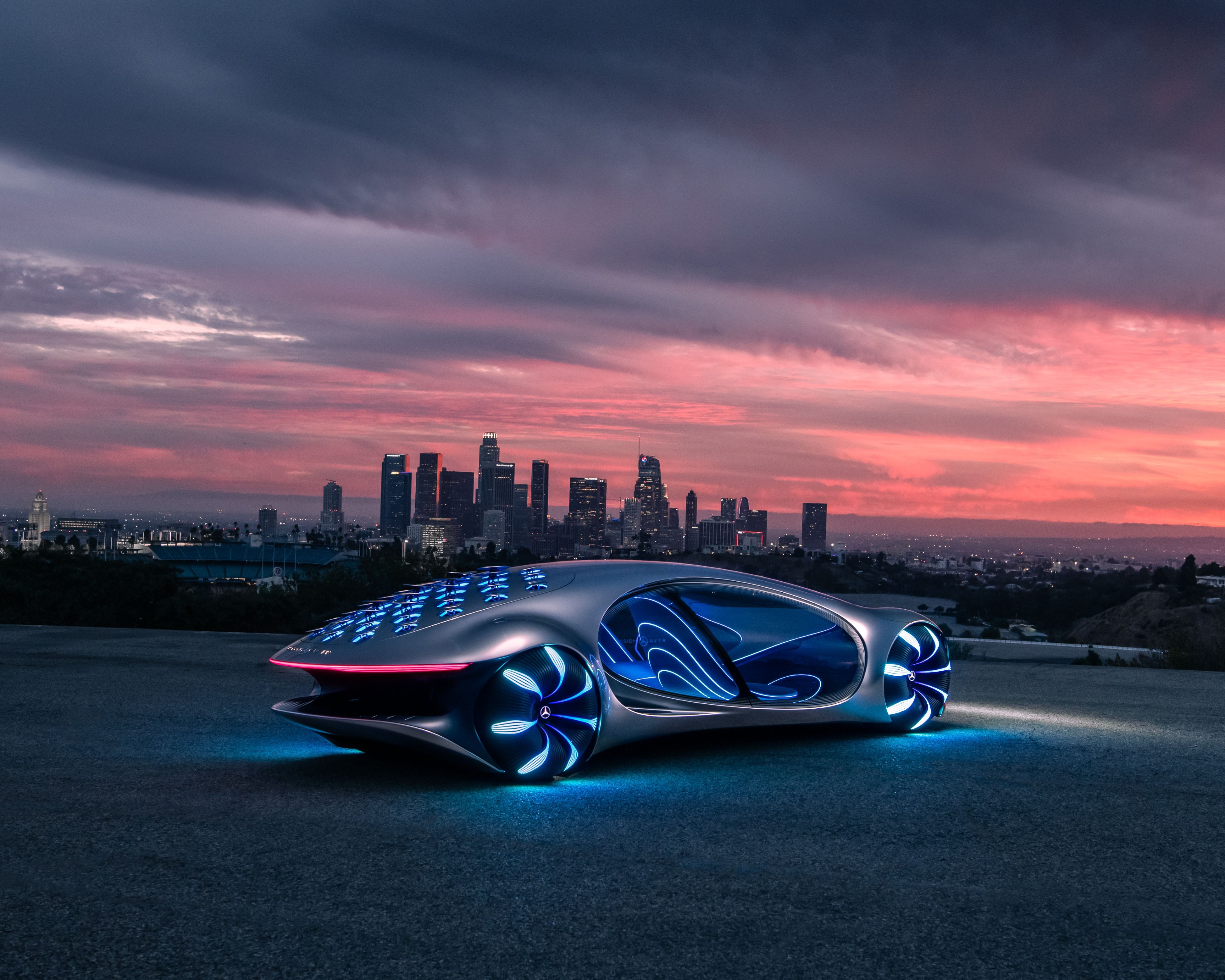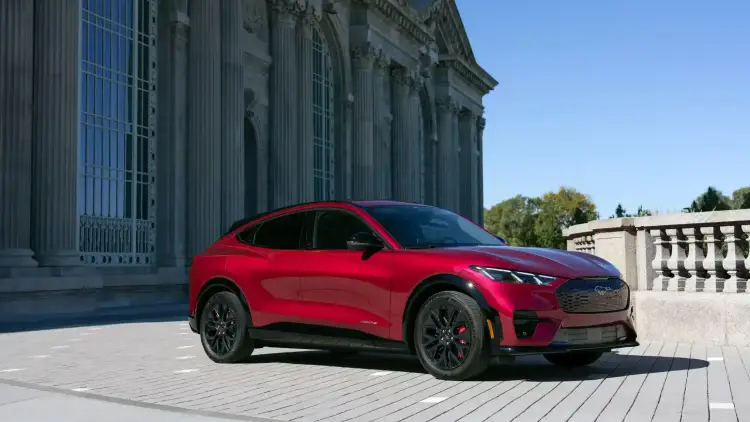- What Is an Avatar Car?
- Key Tech Behind Avatar-Style Vehicles
- How Close Are We to Avatar Cars in Real Life?
- Frequently Asked Questions
Imagine a car that seamlessly combines futuristic technology, eco-friendly features, and nature-inspired aesthetics. This is the vision behind the Avatar Car concept, a bold look into what vehicles might become as science fiction meets real-world innovation. While the floating, crystal-powered cars of the Avatar films haven't become a reality, modern advancements are bringing us closer to those incredible designs. This guide explores what the Avatar Car represents, the technologies it's inspiring today, and how close we are to seeing such vehicles on our roads.
What Is an Avatar Car?
The idea of the Avatar Car comes from the futuristic and environmentally harmonious designs featured in the Avatar movie franchise. These vehicles were shown as being efficient, green, and perfectly aligned with their natural surroundings. Although they are purely fictional in origin, the concept has sparked real-world discussions about what cars of the future could look like and how they could operate. Today, "Avatar Car" refers to:
Cars that prioritize clean energy sources like electricity or hydrogen.
Vehicles featuring cutting-edge designs inspired by nature.
Sustainable transportation models with minimal environmental impact.
The Avatar Car isn't just about style; it's about blending functionality with innovation. It symbolizes a shift toward smarter, greener, and more sustainable vehicles.
Key Tech Behind Avatar-Style Vehicles
The Avatar Car concept emphasizes advanced technology, sustainability, and design. While fully floating vehicles like those in the films are still in the realm of science fiction, the following technological innovations are actively being developed:
Eco-Friendly Power Systems
Vehicles powered by advanced electric batteries, enabling clean and quiet driving.
Integration of solar panels on vehicle roofs to recharge batteries using sunlight.
Adoption of zero-emission technology, eliminating harmful exhaust gases.
Intelligent Driving Features
Autonomous driving systems that use AI to navigate roads with minimal human intervention.
Voice-activated controls allowing drivers to operate features like steering or adjusting the radio hands-free.
Research into magnetic suspension systems that could eventually enable floating wheels for smoother and more efficient movement.
Nature-Inspired Design Elements
Sleek and aerodynamic vehicle exteriors designed to mimic organic shapes found in nature.
Interiors crafted from recycled or plant-based materials, such as bamboo or biodegradable plastics.
Adaptive lighting systems that mimic dynamic patterns seen in wildlife for improved safety and aesthetic appeal.
How Close Are We to Avatar Cars in Real Life?
While a complete realization of the Avatar Car remains decades off, many modern vehicles already incorporate elements inspired by this concept. For instance:
Electric vehicles like those from TeslaUAE TeslaBahrain TeslaEgypt TeslaKSA TeslaKuwait TeslaOman TeslaQatar Tesla or BYDEgypt BYDKSA BYDUAE BYDKuwait BYDQatar BYDOman BYDBahrain BYD run on clean energy and feature cutting-edge technologies.
Car manufacturers are introducing semi-autonomous driving features, which bring us closer to full self-driving capabilities.
Designers are increasingly turning to eco-friendly materials, with some interiors now made from recycled ocean plastics, bamboo, or repurposed fabric.
Here’s how current cars compare to the fantasy Avatar Cars:
Feature | Avatar Cars | Cars Today |
|---|---|---|
Power Source | Crystal-based energy | Electric power |
Wheel System | Floating technology | Magnetic suspension aid |
Driving Control | Mind-driven systems | Voice and auto-pilot |
Materials | Organic living forms | Recycled and natural |
While today's cars lack the ability to float or connect directly to nature as in the films, they do reflect significant steps in the right direction. Future advancements in renewable energy, AI, and material sciences could make these dreams a reality sooner than we think.
Frequently Asked Questions
When will floating Avatar Cars be available?
Floating vehicles like those seen in the films are still years away from mass production. However, prototypes leveraging magnetic systems are currently being tested in labs, offering a glimpse of possibilities to come.
Are Avatar Cars real?
Not in the way they are portrayed in movies. Real-world concepts inspired by the Avatar Car are limited to innovations like electric powertrains, autonomous driving, and sustainable design features. Several automotive brands are leading the race toward such futuristic vehicles.
Do Avatar-style cars really help the environment?
Yes, they are designed to reduce environmental impacts. By focusing on zero-emission technology and using recyclable materials, these cars aim to lower carbon footprints and prevent pollution.
How much will an Avatar Car cost?
Costs for advanced technologies like those found in Avatar Cars are often high in initial production. Luxury electric vehicles with semi-autonomous features today can range between AED 150,000 and AED 500,000 (SAR 153,000 to SAR 510,000). Prices are expected to drop over time as more manufacturers adopt these systems.
By combining imagination with science, the Avatar Car offers a vision of transportation that is not only exciting but also essential for a sustainable future. While we may not have fully reached this vision, the advancements being made today suggest we're closer than ever before.
Read More:
Maruti Ciaz Interior:Smart Design & Comfort Features Explained
Ford Territory 2024 Interior:Key Features & Upgrades You Should Know













